Reading-Notes
Reading-Notes

What is Git !
Git is the most commonly used version control system. Git tracks the changes you make to files, so you have a record of what has been done, and you can revert to specific versions should you ever need to. Git also makes collaboration easier, allowing changes by multiple people to all be merged into one source.
So regardless of whether you write code that only you will see, or work as part of a team, Git will be useful for you.
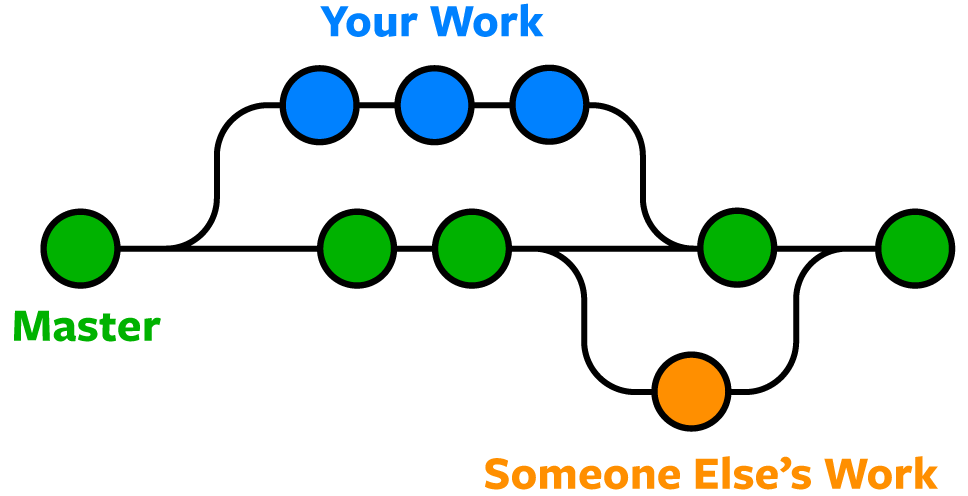
- Git is software that runs locally. Your files and their history are stored on your computer.
Git Repositories
A Git repository (or repo for short) contains all of the project files and the entire revision history. You’ll take an ordinary folder of files (such as a website’s root folder), and tell Git to make it a repository. This creates a .git subfolder, which contains all of the Git metadata for tracking changes.
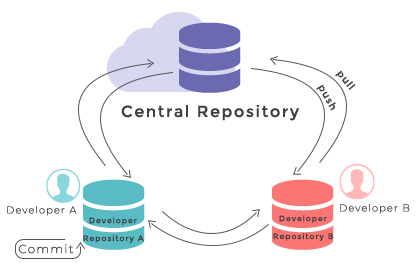
Remote Repositorieson GitHub
Storing a copy of your Git repo with an online host such as GitHub or Bitbucket gives you a centrally located place where you can upload your changes and download changes from others, letting you collaborate more easily with other developers. After you have a remote repository set up, you upload (push) your files and revision history to it. After someone else makes changes to a remote repo, you can download (pull) their changes into your local repo.
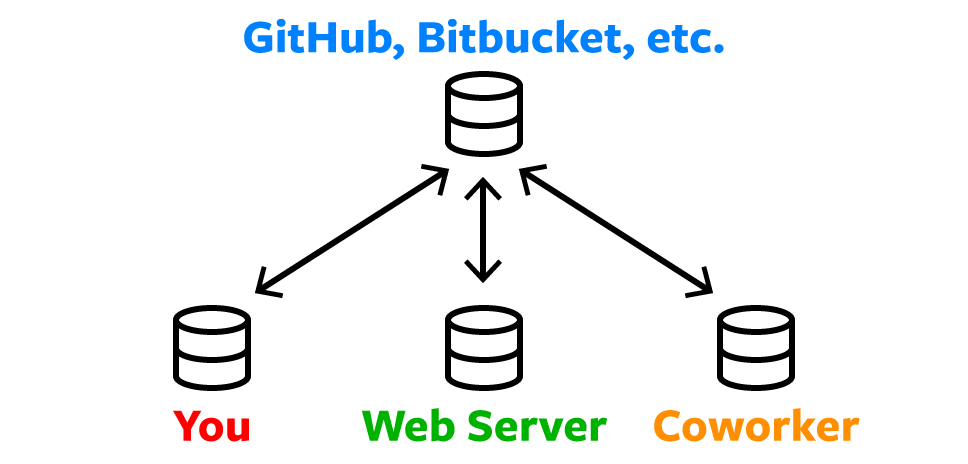
GITHUB
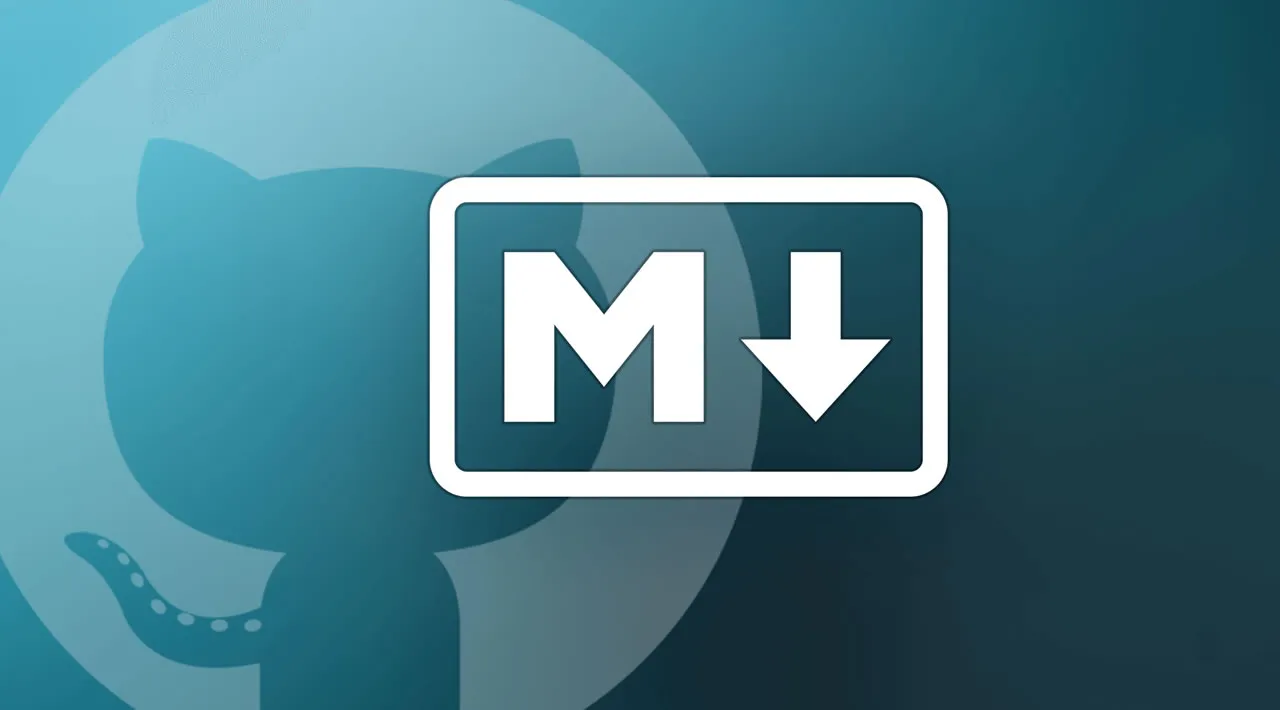
How to Creat a Repo
- In the upper-right corner of any page, use the drop-down menu, and select New repository.
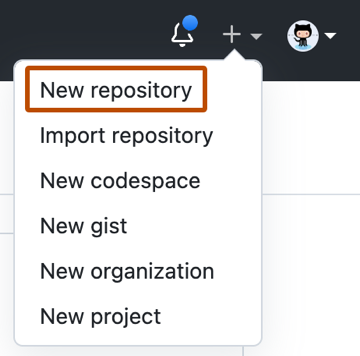
- Type a short, memorable name for your repository. For example, “hello-world”.

- Optionally, add a description of your repository. For example, “My first repository on GitHub.”

- Choose a repository visibility. For more information, see “About repository visibility.”

- Select Initialize this repository with a README.

Click Create repository.

Congratulations! You’ve successfully created your first repository, and initialized it with a README file.
How do I use Replit in GitHub?
To import it into Repl.it, press the + new repl button, switch to the “Import From GitHub” tab, and paste in the GitHub URL, as shown below. Press the green Import from GitHub button and you’ll see Repl.it clone the repository and turn it into a repl.
